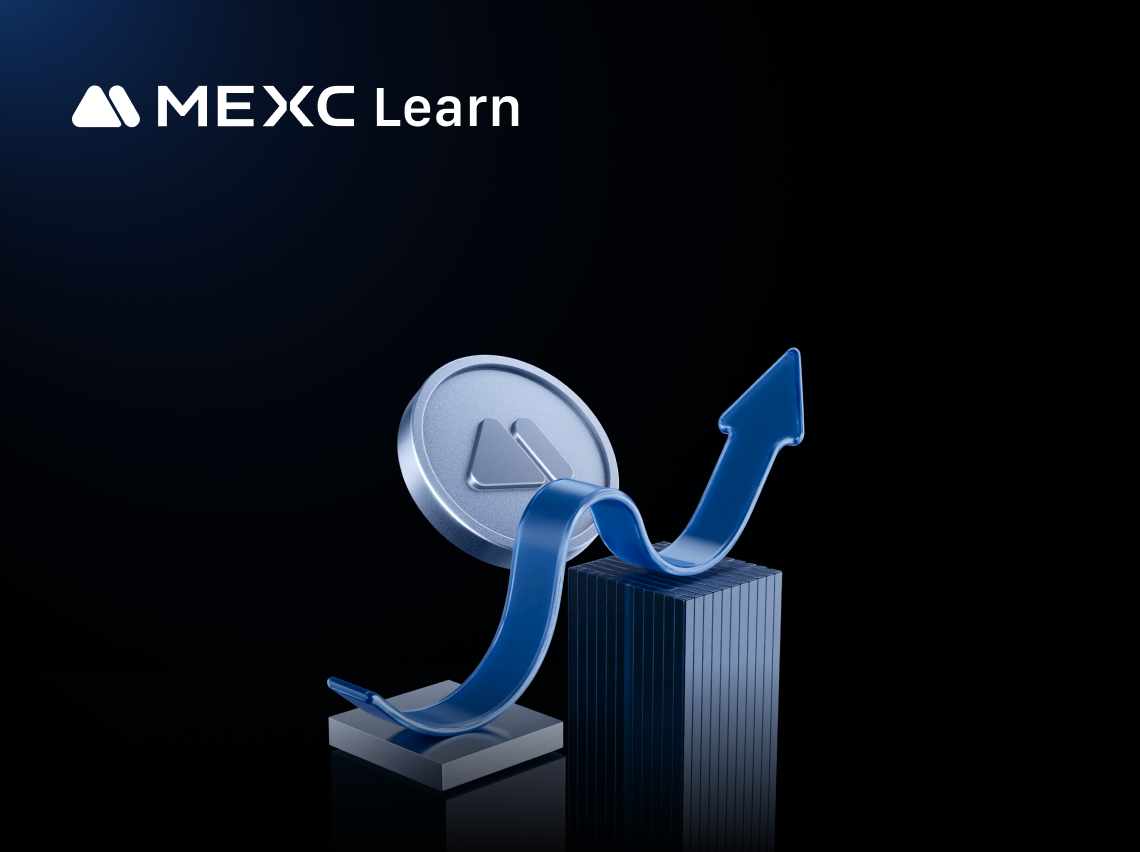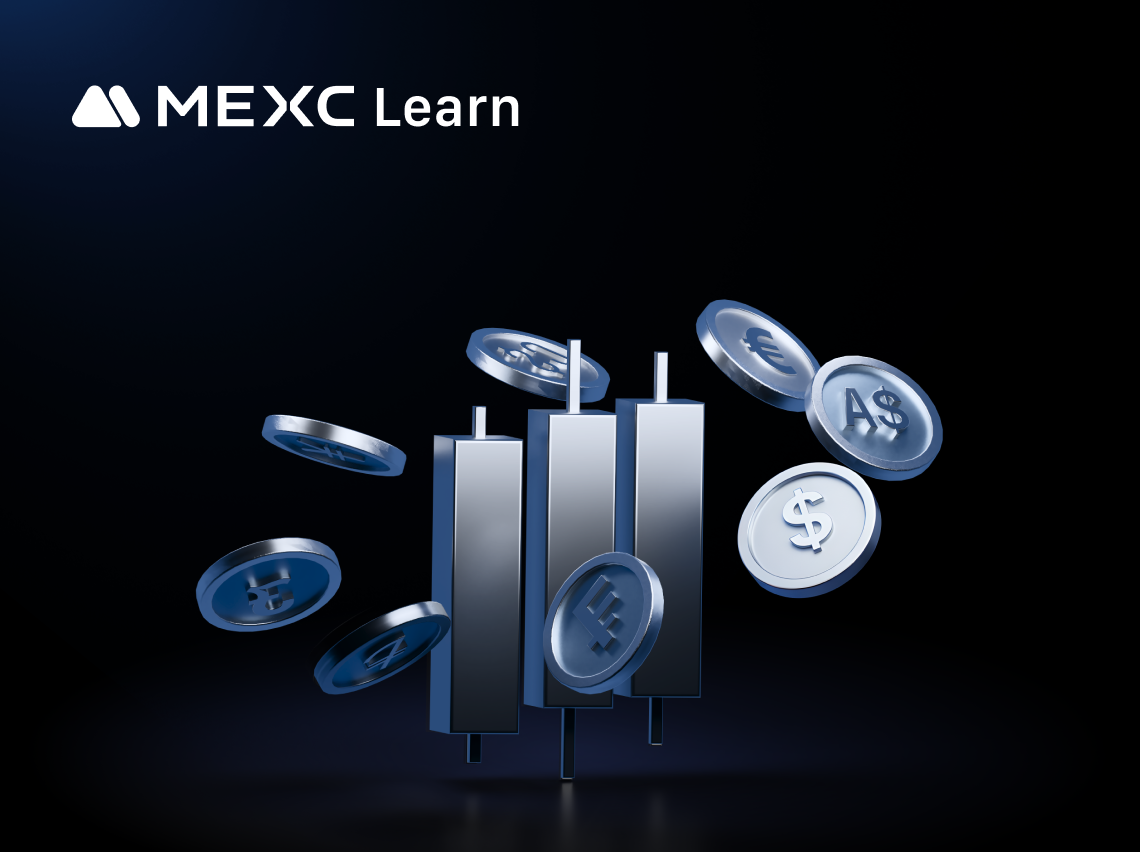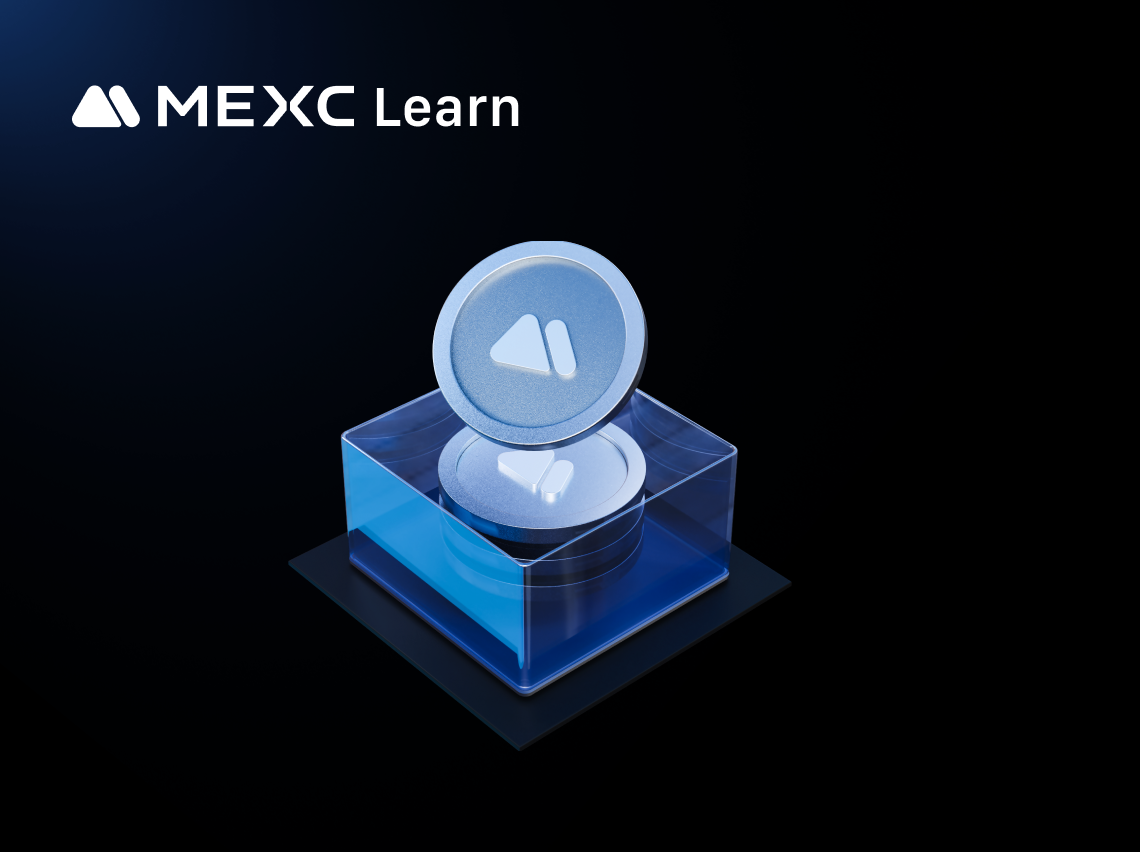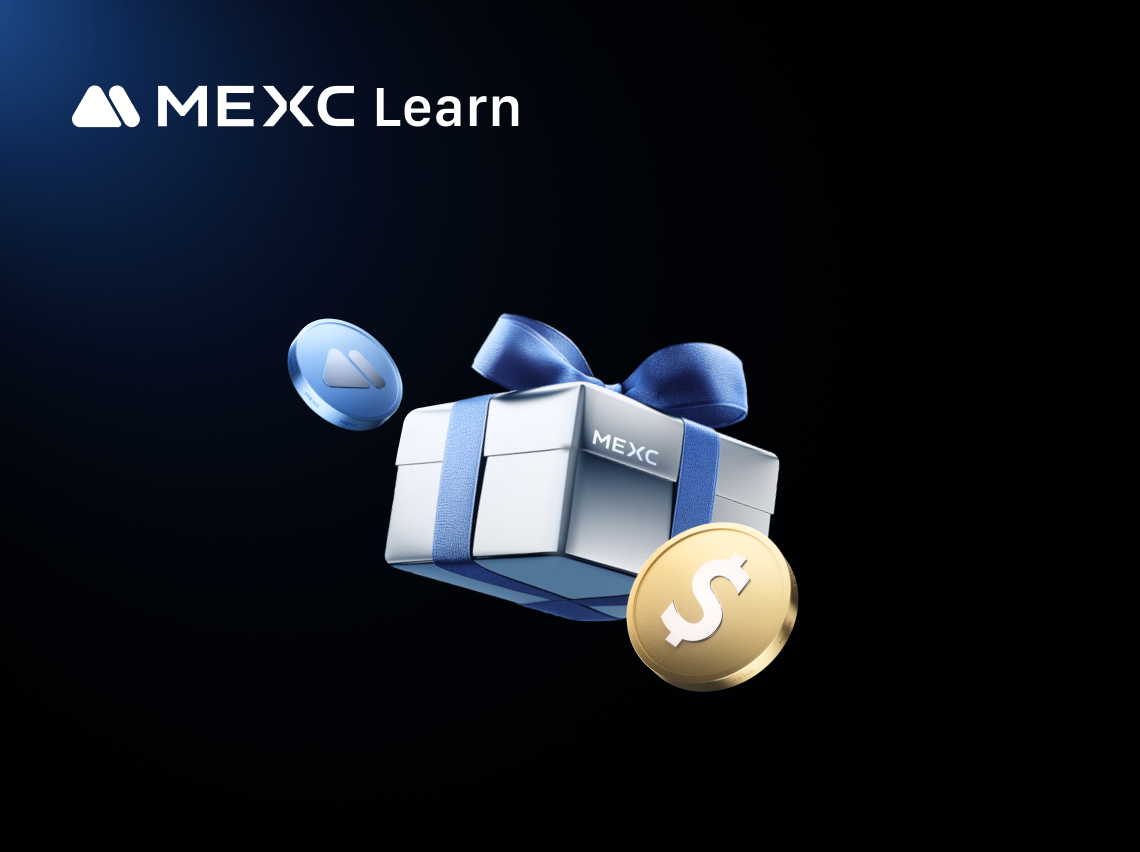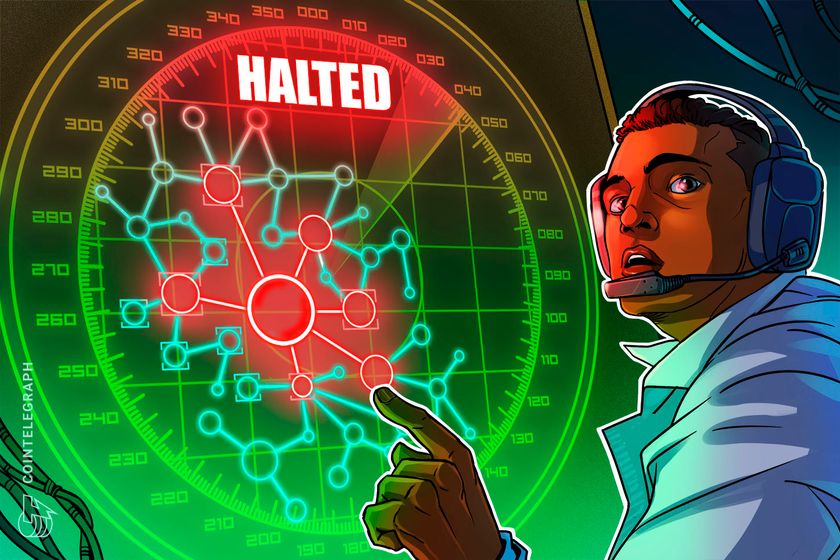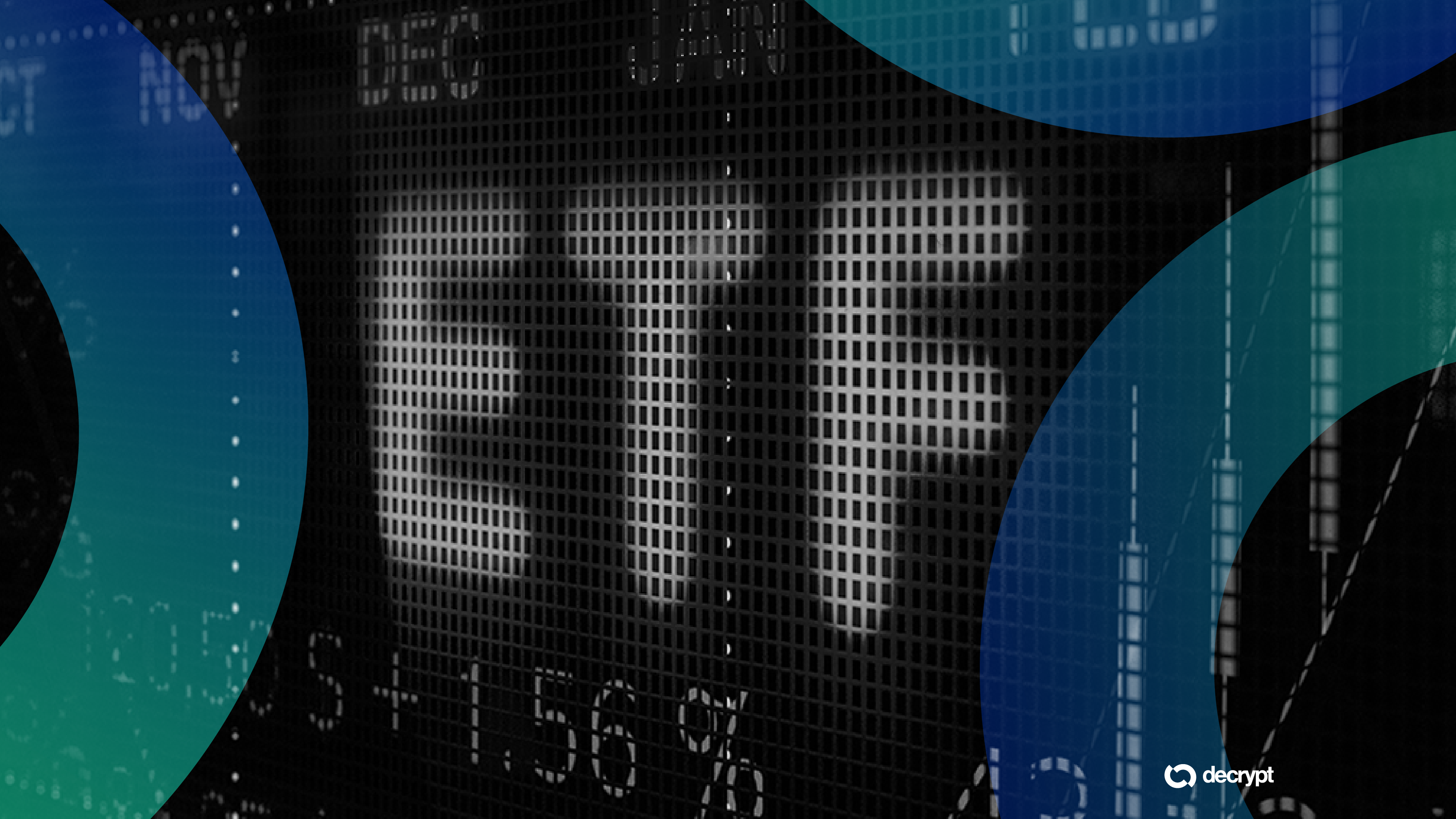Imagine sending money across the world in less than a second for less than a penny. That's the promise of Solana, the high-speed blockchain that's reshaping how we think about digitl transactions. While Bitcoin processes 7 transactions per second and Ethereum handles 15, Solana blazes ahead with an incredible 65,000 transactions per second.
As of August 2025, SOL ranks 6th by market capitalization at $104 billion. SOL has captured the attention of developers, investors, and everyday users looking for a faster, cheaper alternative to traditional blockchains. Whether you're curious about cryptocurrency or considering your first digital asset investment, understanding Solana could be your gateway to the future of finance.
This comprehensive guide breaks down everything you need to know about Solana in simple terms, from how it works to why analysts predict significant growth through 2025 and beyond.
Key Takeaways
-
High Performance: Solana processes up to 65,000 transactions per second with sub-second finality, making it one of the fastest blockchains available.
-
Ultra-Low Costs: Transaction fees typically cost only $0.00025, making it practical for everyday use and microtransactions.
-
Innovative Technology: Proof of History (PoH) combined with Proof of Stake (PoS) creates a unique consensus mechanism that eliminates traditional blockchain bottlenecks.
-
Strong Market Position: As of August 15 2025, ranked 6th by market cap at $104 billion, with price predictions ranging from $230–500 for 2025.
-
Growing Ecosystem: Hosts major DeFi protocols, NFT marketplaces, gaming platforms, and mobile integration through Saga and Seeker phones.
-
Consider the Risks: Network stability concerns, regulatory uncertainty, and intense competition require careful consideration before investing.
Solana is a high-performance blockchain platform designed to host decentralized applications while processing thousands of transactions per second at minimal cost. Think of it as a global computer that never stops running, where anyone can build applications, transfer money, or create digital assets.
Founded in 2017 by Anatoly Yakovenko, a former Qualcomm engineer, Solana blockchain officially launched in March 2020. Yakovenko's vision was simple: solve the blockchain scalability problem without sacrificing security or decentralization. His background in distributed systems helped him identify that traditional blockchains struggled because they lacked a reliable way to keep time across the network.
The SOL token serves as the native currency of the Solana network. Just like you need stamps to send mail, you need SOL to pay for transactions on the network. However, unlike expensive postal stamps, Solana transactions typically cost only $0.00025, meaning you could make 4,000 transactions for just one dollar.
What makes Solana crypto special is its ability to process transactions almost instantly. While other blockchains can take minutes or hours to confirm transactions, Solana achieves finality in less than a second. This speed makes it practical for real-world applications like payments, gaming, and financial services.
The platform supports smart contracts, automated programs that execute when certain conditions are met. This capability enables developers to build everything from decentralized exchanges to NFT marketplaces on Solana blockchain, creating a thriving ecosystem of applications.
Solana's breakthrough innovation combines three key technologies to achieve unprecedented speed and efficiency. Understanding these components, as detailed in the Solana whitepaper, helps explain why Solana outperforms other blockchain networks.
Proof of History acts like a decentralized clock for the entire network. To understand why this matters, imagine trying to organize events with friends across different time zones without synchronized clocks, chaos would ensue.
Traditional blockchains like Bitcoin and Ethereum require all computers (called nodes) in the network to communicate constantly to agree on the order of transactions. This back-and-forth communication creates bottlenecks. Solana solves this by creating a verifiable passage of time that all nodes can trust.
Proof of History works like a cryptographic timestamp, as explained in Solana's technical documentation. The system runs a secure function repeatedly, with each output becoming the input for the next calculation. This creates an unbreakable chain of time that proves when events occurred. Think of it like a newspaper: just as you can prove today's events happened after yesterday's by the date on the paper, PoH proves the order of transactions through cryptographic evidence.
Solana combines PoH with Proof of Stake (PoS), where validators stake SOL tokens to help secure the network. This hybrid approach allows Solana consensus to process transactions in parallel rather than one at a time. While Ethereum processes transactions sequentially, Solana's Sealevel engine can handle thousands simultaneously.
The result is a network with a theoretical maximum capacity of up to 710,000 transactions per second under optimal conditions on a standard gigabit connection. In practice, Solana currently handles around 2,400-3,000 transactions per second, still vastly outperforming other major blockchains.
Learn why you can't mine Solana and discover better earning alternatives.
The "Solana vs Ethereum" debate centers on speed, cost, and scalability: areas where Solana dramatically outperforms the current Ethereum network. While Ethereum pioneered smart contracts and dominates the decentralized application space, Solana challenges it with superior technical performance.
Speed comparison reveals a massive gap: Ethereum processes fewer than 15 transactions per second, while Solana handles over 1,000-3,000+ TPS with the capacity for much more. This means Ethereum users often wait minutes for transaction confirmation, while Solana users see near-instant results.
Transaction costs tell an even starker story. Ethereum gas fees frequently range from $5 to $50 or more during network congestion, making small transactions economically impractical. Solana advantages include consistent fees of around $0.00025 per transaction, making it viable for everyday use like buying coffee or sending small amounts to friends.
Developer experience differs significantly between the platforms. Ethereum uses Solidity, a language created specifically for blockchain development. Solana allows developers to write programs in Rust, C, or C++, leveraging existing programming skills and mature development tools.
However, Ethereum maintains significant advantages in ecosystem maturity and decentralization. With over $30 billion in total value locked (TVL) compared to Solana's smaller ecosystem, Ethereum hosts more established DeFi protocols, NFT projects, and enterprise applications.
The "Ethereum killer" label comes from Solana's potential to become the preferred platform for new applications requiring high performance. Many developers building consumer-facing applications choose Solana for its speed and low costs, while Ethereum remains dominant for high-value DeFi applications.
Ethereum's upcoming upgrades and Layer-2 solutions aim to address its scalability issues, setting up an interesting competition. Rather than one platform "killing" the other, both may coexist serving different use cases - Ethereum for high-value, established applications and Solana for high-performance, consumer-oriented services.
For a detailed comparison of how Solana stacks up against Ethereum, XRP, and Cardano across all key metrics, see our complete blockchain comparison guide.
The Solana ecosystem has exploded into a diverse range of applications spanning DeFi, NFTs, gaming, and Web3 services, hosting billions of dollars in activity. Unlike traditional financial systems that operate in silos, Solana dApps can easily interact with each other, creating powerful combinations of services.
Decentralized Finance (DeFi) on Solana includes major protocols like Serum, a high-speed decentralized exchange that processes trades almost instantly. Raydium provides automated market making and liquidity pools, while Mango Markets offers sophisticated trading features like margin trading and perpetual futures. These solana defi platforms benefit from the network's speed and low costs, enabling features impractical on slower chains.
The Solana NFT marketplace has become one of the most active in crypto, led by Magic Eden, which rivals OpenSea in trading volume. Solanart focuses on curated, high-quality collections, while newer platforms experiment with innovative features like royalty enforcement and creator tools. The low transaction costs make solana nft trading accessible to everyday users, not just wealthy collectors.
Solana's low fees make it ideal for meme coins. Learn how to create your own token.
Gaming represents a growing frontier in the solana ecosystem. Projects like Star Atlas create blockchain-based space exploration games, while Aurory builds Pokemon-style adventures with tradeable creatures. The network's speed enables real-time gameplay mechanics impossible on slower blockchains.
Solana Pay revolutionizes digital payments by enabling merchants to accept crypto payments with near-zero fees and instant settlement. E-commerce platforms including Shopify support Solana Pay integration, allowing millions of merchants worldwide to tap into crypto commerce.
Mobile integration sets Solana apart from other blockchain platforms. The Solana Saga smartphone and upcoming Seeker phone integrate crypto wallets and Solana dApps directly into the mobile experience, making Web3 as easy as using traditional mobile apps.
The Solana ecosystem continues expanding with new categories like decentralized social media, prediction markets, and enterprise solutions. This diversity creates a network effect where each new application adds value to the entire platform.
One of 2025's most significant developments has been the entry of political figures into cryptocurrency. Learn how Trump tokens are impacting the Solana ecosystem in our comprehensive guide to Trump and Solana.
The SOL token serves multiple critical functions within the Solana network, making it essential for users, developers, and validators. Understanding these use cases helps explain why SOL crypto has maintained its position among the top cryptocurrencies by market capitalization.
Transaction fees represent the most basic use of SOL. Every interaction on Solana—sending tokens, executing smart contracts, or minting NFTs—requires a small amount of SOL to pay network fees. At typical rates of $0.00025 per transaction, even heavy users spend minimal amounts on fees, but the aggregate demand supports the token's utility value.
Staking provides passive income opportunities for SOL holders while securing the network. By staking their tokens with validators, users earn rewards currently ranging from 6-8% annually. This Solana staking mechanism incentivizes long-term holding while ensuring network security through economic incentives.
Discover how Solana staking works including validator selection and reward optimization.
Governance rights give SOL holders influence over the network's future development. Token holders can vote on network upgrades, parameter changes, and resource allocation decisions. While not as developed as some governance systems, this feature ensures the community has input on Solana's evolution.
Developer ecosystem support requires SOL for deploying and operating applications. According to official Solana documentation, developers must hold SOL to deploy smart contracts, rent computational resources, and maintain their applications. This creates consistent demand from the growing developer community.
Tokenomics as of August, 2025 show a total supply of approximately 607 million SOL, with over 539 million currently in circulation. Unlike Bitcoin's fixed supply, Solana has a mild inflationary model offset by fee burning, creating a balance between incentivizing validators and controlling supply growth.
Market positioning reflects SOL's utility and growth potential. For investors wondering whether Solana represents a sound investment opportunity, our comprehensive investment analysis and price predictions provides detailed risk/reward analysis and expert forecasts. As of August 15, 2025, SOL is trading at approximately $172, with a market capitalization of over $104 billion. Solana's price has shown both dramatic growth periods and significant corrections, typical of major cryptocurrency assets in their growth phase.
Solana price predictions for 2025 range from conservative estimates around $230 to bullish targets of $400–500, with long-term forecasts suggesting potential growth to over $1,000 by 2030. These projections reflect Solana's strong fundamentals but acknowledge the inherent volatility of cryptocurrency markets.
Conservative 2025 predictions estimate the price of SOL may reach $230–300 by the end of the year, assuming steady ecosystem growth and normal market conditions. These forecasts factor in continued developer adoption, institutional interest, and the resolution of previous network stability issues.
Bullish scenarios anticipate that Solana may reach targets of $400–482 by late 2025, driven by potential ETF approval, major institutional adoption, and significant ecosystem expansion. The growing derivatives market, with over $11.77 billion in open interest, suggests strong trader confidence in upward movement.
Long-term forecasts through 2030 become increasingly speculative, but suggest Solana could potentially land in the $1,042—1,258 range. These projections assume Solana successfully captures significant market share from Ethereum, maintains its technical advantages, and avoids major security or regulatory issues.
Key factors affecting price include network stability improvements, institutional ETF approval, competitive landscape changes, and overall cryptocurrency market sentiment. The upcoming mobile integrations and potential regulatory clarity could provide additional catalysts.
Investment requires understanding that the price of Solana will highly volatile and will be correlated with broader crypto markets. While technical fundamentals support growth potential, investors should prepare for significant price swings and potential corrections.
Buying SOL through MEXC exchange and storing it securely requires just a few simple steps. The process typically takes minutes for verified users and requires minimal technical knowledge.
Follow these steps to purchase SOL on MEXC:
-
Create a MEXC account by visiting the official website and clicking "Sign Up"
-
Complete identity verification (KYC) by uploading required documents and personal information
-
Deposit funds to your MEXC account using a bank transfer, credit card, or existing cryptocurrency
-
-
Choose your order type: market order for immediate purchase or limit order for specific price targets
-
Enter the amount of SOL you want to purchase
-
Review and confirm your transaction
-
Check your wallet to confirm SOL tokens have been credited to your account
Phantom wallet offers the best user experience for Solana newcomers. Download the browser extension or mobile app, create a new wallet, and securely store your seed phrase. The wallet automatically connects to Solana dApps and displays your token balances, NFTs, and transaction history.
Solflare provides advanced features for experienced users, including hardware wallet integration and detailed transaction management. Both wallets support staking directly from the interface.
Essential security measures include:
-
Never sharing your seed phrase with anyone
-
Using hardware wallets for large amounts
-
Enabling wallet password protection
-
Keeping software updated regularly
-
Considering separate wallets for daily use and long-term storage
Most Solana wallets enable easy staking with just a few clicks, typically earning 6–8% annual returns. Choose validators with good performance records and reasonable commission rates to maximize your rewards.
Solana has faced significant challenges including network outages, centralization concerns, and intense competition, which potential users and investors should understand. While the network has made improvements, these Solana issues highlight the trade-offs inherent in high-performance blockchain design.
Network outages represent Solana's most publicized challenge. Solana network outages occurred multiple times from 2021–2022, including 17 hours of downtime in September 2021 and several shorter disruptions. These incidents typically resulted from transaction surge overloads or validator consensus failures, temporarily making the network unusable.
The causes of these outages can be attributed to the network's aggressive optimization for speed. While Solana's high throughput capabilities attract users, they can create instability when transaction volume spikes unexpectedly. Bot activity and sudden application popularity have triggered several Solana outages.
Centralization concerns arise from several factors in Solana's architecture. The network requires high-performance hardware for validators, potentially limiting participation to well-funded entities, though the Solana Foundation Delegation Program helps support smaller validators. Additionally, early token distribution concentrated significant holdings among venture capital firms and industry insiders.
Regulatory risks affect all cryptocurrencies but Solana faces particular scrutiny. The SEC has suggested SOL might be classified as a security, which could impact its availability on US exchanges and create compliance challenges for projects building on the platform.
Competition intensifies from multiple directions. Ethereum Layer-2 solutions like Polygon and Arbitrum offer faster, cheaper transactions while maintaining Ethereum's security and ecosystem. Other high-performance chains like Avalanche and Cosmos compete directly with Solana's value proposition.
Technical risks include potential vulnerabilities in Solana's relatively new codebase. While no major exploits have occurred at the protocol level, individual projects built on Solana have suffered hacks and exploits, a common enough across the broader DeFi ecosystem.
Recovery and improvements show promise. The Solana team has addressed many stability issues, implemented better testing procedures, and improved network monitoring. Recent performance has been more stable, with significantly fewer outages in 2024–2025.
Solana's future roadmap for 2025 includes major mobile initiatives, institutional adoption, potential ETF approval, and continued ecosystem expansion that could drive significant growth. These developments position Solana to compete more effectively with established platforms while serving new use cases.
Mobile integration represents a cornerstone of Solana's growth strategy. The Solana Saga smartphone demonstrated initial market validation, with Seeker, the next-generation device, planned for release sometime in 2025. These devices integrate Solana wallets and dApps natively, potentially bringing crypto to mainstream mobile users.
Institutional adoption accelerates through 2025 as traditional finance discovers Solana's capabilities. Major payment processors like Visa already use Solana for USDC settlements, while other enterprises explore the platform for supply chain management, loyalty programs, and digital identity solutions.
ETF speculation creates significant upside potential. With Bitcoin and Ethereum ETFs approved, some analysts speculate about potential Solana ETF applications in 2025. Approval could trigger massive institutional inflows, potentially driving Solana 2025 price targets toward the higher end of predictions.
Developer ecosystem growth continues with improved tooling and infrastructure. Solana Playground makes blockchain development accessible through browsers, while new frameworks and libraries reduce barriers for traditional developers entering Web3.
Technical improvements focus on stability and scalability. The Firedancer validator client, being developed by Jump Trading, promises even higher performance and reliability. These infrastructure improvements address historical Solana stability concerns.
Ecosystem expansion includes new verticals like decentralized social media, enterprise blockchain solutions, and consumer applications. Projects like Towns Protocol for real-time communication and various gaming initiatives demonstrate Solana's versatility beyond DeFi.
Global expansion targets emerging markets where Solana's low fees and high performance provide clear advantages over traditional financial systems. Mobile-first strategies align well with these markets' preference for smartphone-based financial services.
Partnership developments with major brands and institutions could drive mainstream adoption. The platform's ability to handle high transaction volumes makes it suitable for consumer applications requiring blockchain integration.
Is Solana a good investment?
Solana shows strong technical fundamentals and growing ecosystem adoption, but like all cryptocurrencies, it carries significant risks. Consider your risk tolerance and investment goals before purchasing SOL.
Can Solana reach $1,000?
Long-term price predictions suggest Solana could potentially reach $1,000–1,250 by 2030, but this requires continued ecosystem growth, institutional adoption, and favorable market conditions. Short-term targets for 2025 range from $230–500.
How is Solana different from Bitcoin?
Bitcoin focuses on being digital gold and store of value, while Solana emphasizes high-speed transactions and smart contract functionality. Solana processes 65,000+ transactions per second (TPS) versus Bitcoin's 7.
Is Solana better than Ethereum?
Solana offers superior speed and lower costs, making it better for high-frequency applications. Ethereum has a larger, more mature ecosystem and stronger decentralization. Both serve different purposes in the crypto ecosystem.
What can you do with SOL tokens?
SOL pays transaction fees, enables staking for passive income, provides governance voting rights, and serves as currency within the Solana ecosystem for DeFi, NFTs, and gaming applications.
How secure is Solana?
Solana uses cryptographic security similar to other major blockchains, secured by over 1,000 validators worldwide. While the protocol itself has no major security breaches, individual applications built on Solana have experienced exploits.
Solana represents one of the most promising blockchain platforms for users seeking fast, affordable transactions and developers building consumer-facing applications. Its technical innovations address real limitations of earlier blockchain networks, making it practical for everyday use cases beyond speculation.
The investment case for SOL combines strong technical fundamentals with growing ecosystem adoption and institutional interest. Price predictions suggest significant upside potential through 2025 and beyond, though investors must prepare for typical cryptocurrency volatility.
Consider the risks carefully. Network stability concerns, regulatory uncertainty, and intense competition create genuine challenges. Only invest what you can afford to lose, and consider Solana as part of a diversified cryptocurrency portfolio.
Start small and learn from experience as you explore the Solana ecosystem. The future of finance is being built on platforms like Solana, and understanding these technologies today positions you for tomorrow's digital economy.










